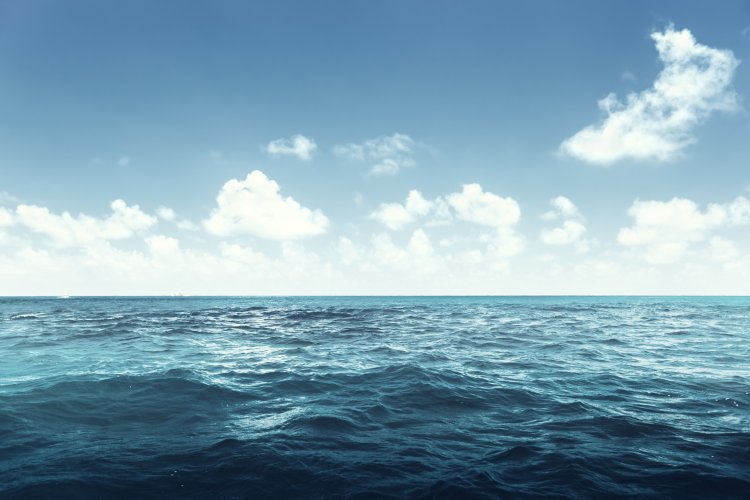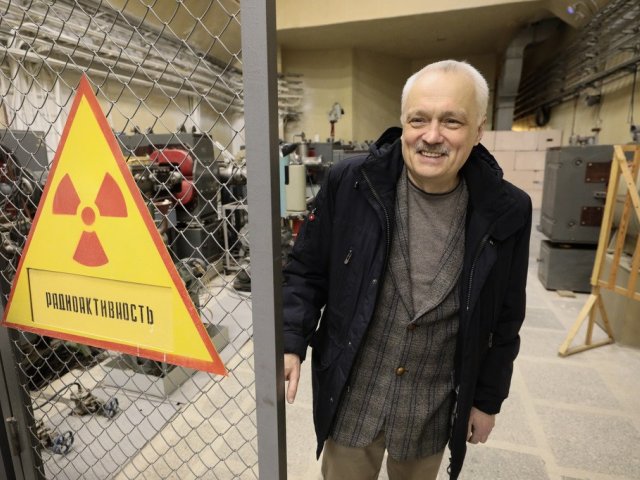Tsunamis are rare, but the most dangerous of natural disasters. It not only takes lives but also “throws back” all economic achievements. Places that were hit by a tsunami must be restored almost from scratch. In December 2015, the General Assembly adopted a resolution proclaiming November 5 as World Tsunami Awareness Day.
Japan proposed to talk about the tsunami problem on a global scale. This country has been repeatedly exposed to this natural phenomenon, and in 2011, ten years ago, it suffered from one of the strongest tsunamis in history. As a result, 18 thousand people went missing, almost half a million people lost their homes, and all of humanity witnessed the destruction of four of the six nuclear reactors of the Fukushima-1 nuclear power plant. Many years have passed, but the echoes of this incident affect people’s lives today. Houses on the east coast of Honshu Island are built on high embankments, and even though new and safe buildings are appearing, few people are ready to live there. This was told by Japanese photographer Shigeru Yoshida, the author of the exhibition Fukushima: Hope and Despair, who personally visited the places where the tsunami occurred, and talked with people who survived it. As Shigeru Yoshida explained, the Japanese government is making efforts to make this place attractive and safe to live in again. But due to the proximity of those territories to the exclusion zone, agriculture is not being developed there, and fishing also bears losses.
About 80% of tsunamis occur on the periphery of the Pacific Ocean. The most devastating tsunamis affected residents of Indonesia, India, Sri Lanka, Thailand, Italy, Portugal, Chile, Alaska, and other places. There is also a risk of a tsunami for residents of Russia. According to the EMERCOM of Russia, 14 cities of the Russian Federation and several dozen settlements are under the threat of a tsunami. “Parts of the coast of Kamchatka, the Kuril Islands, Sakhalin Island, and Primorye are affected by tsunamis in Russia,” the EMERCOM of Russia reports. Not only locals but also travelers may be at risk. Therefore, when receiving an emergency warning signal about the tsunami threat, it is necessary to immediately leave the danger zone and stay away from it even after the first tsunami wave has passed – the next, even more destructive ones may appear. The wave cycle varies from a few minutes to an hour.
If you are in a tsunami-prone area, these signs should alert you:
-
Strong earthquake;
-
The sudden departure of water from the shore for a considerable distance and the silence of the surf noise;
-
Changing the behavior of animals
-
Turbidity of water in calm weather;
-
Mass appearance of dead fish in the sea;
-
During winter – unusual ice drift and the formation of cracks in the ice cover off the coast.
A tsunami occurs as a result of a tectonic shift of the seabed along the fault line of the earth’s crust, during landslides, volcanic eruptions, as a result of the fall of a large celestial body; it can also occur for artificial reasons, for example, during explosive nuclear tests. Despite the existing modern methods of detecting, preventing, and warning, a tsunami can catch you by surprise. The reason is its suddenness and the speed of its spread. In the open ocean, a tsunami wave can move at a speed of 200 m/s or 720 km/h. To detect a tsunami, seismic information is primarily used, it can be used to predict the probability of a tsunami. Having detected the wave already upon its appearance, it is possible to determine the time of its arrival in various localities fairly accurately. Then a person can have from several hours to just a few minutes left, so it is important to spend every minute on ensuring your safety.
Sources:
Photo: iakov / ru.123rf.com
A memo on the actions of the population when receiving an emergency warning signal about the threat of a tsunami. Petropavlovsk-Kamchatsky city district
Actions during a tsunami. EMERCOM of Russia
Tsunami. Wikipedia
World Tsunami Awareness Day. November. UN
The Center for Civil Defense and Emergency Situations of Moscow State University
Illustration: How to act during a tsunami. Source: Quora






















